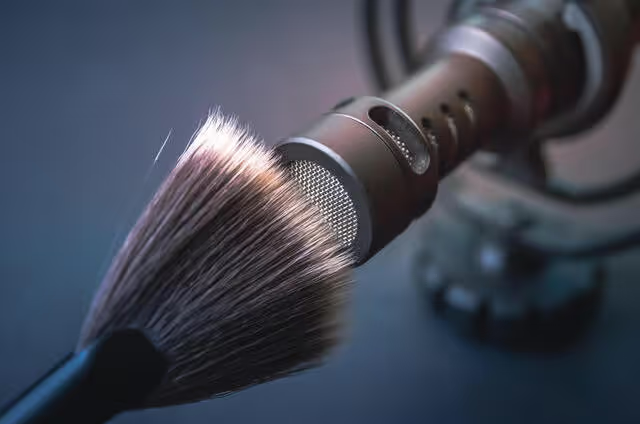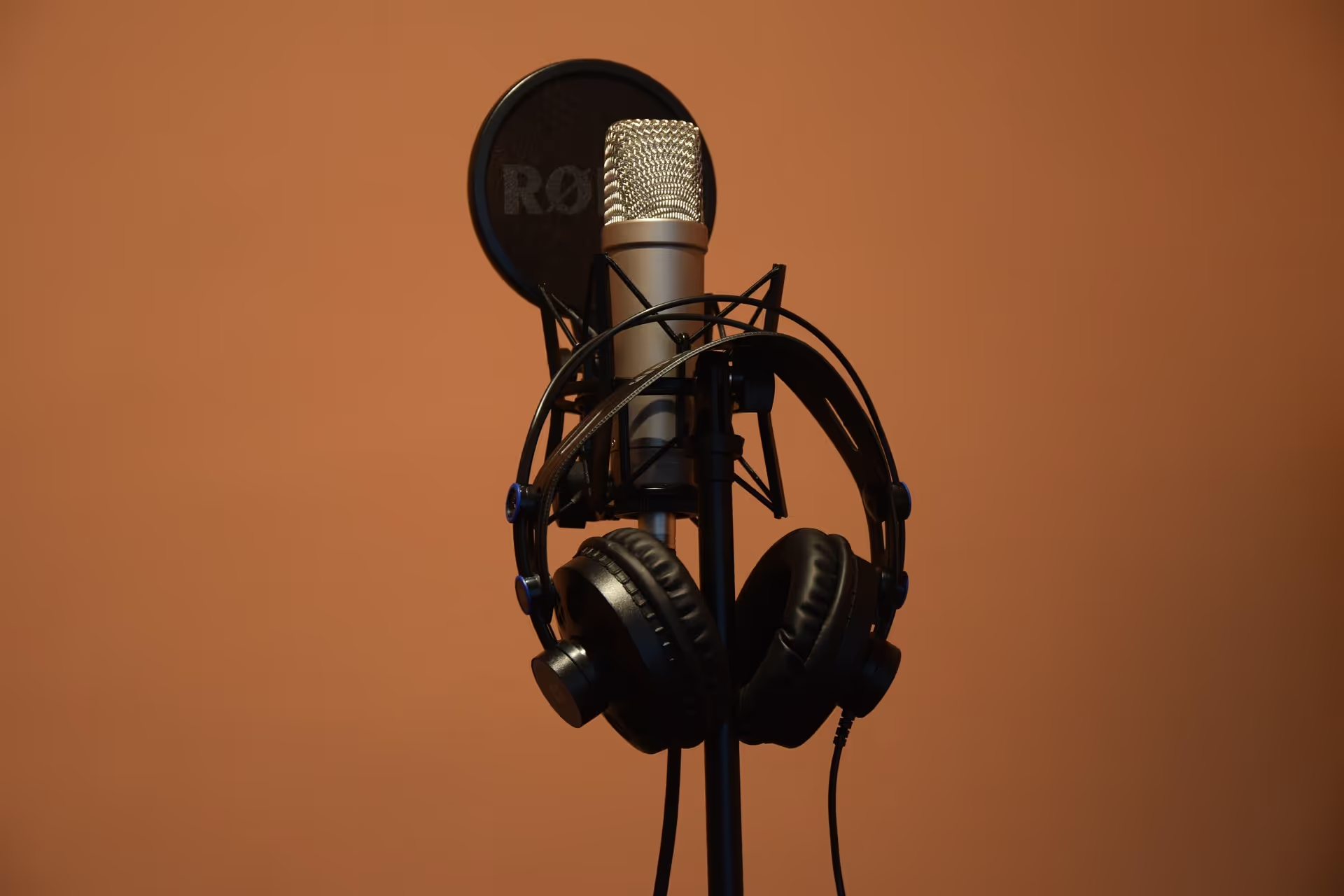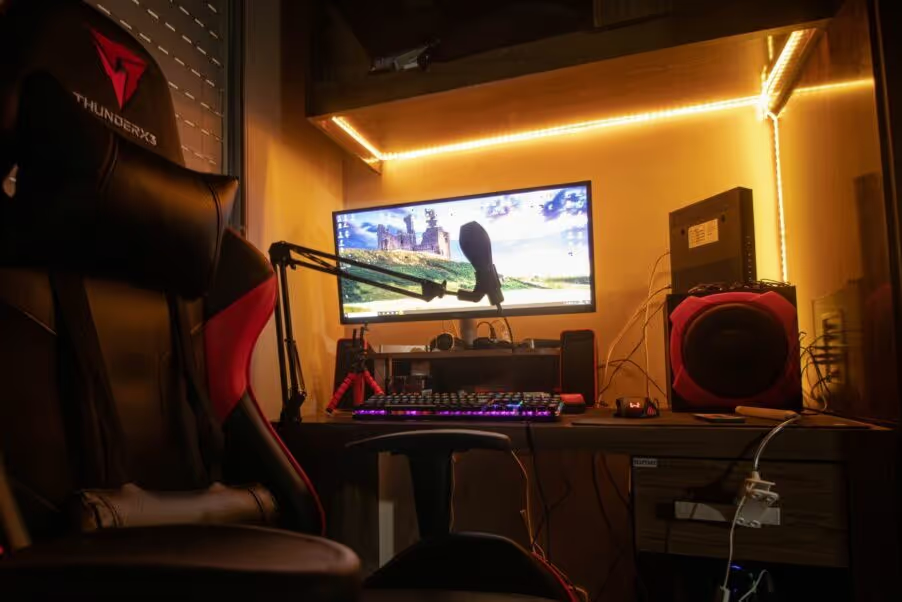
You’re looking to start creating content on YouTube and wondering which mic you should buy.
Let’s look through our 7 best microphone picks and why we like them.
Why do you need a specific microphone for ASMR?
ASMR is a phenomenon that has captivated millions seeking relaxation through auditory stimuli.
ASMR stands for autonomous sensory meridian response. It’s used as a therapeutic tool and entertainment.
The surge in popularity has driven an increasing demand for high-quality ASMR microphones. These mics need to be designed to capture subtle sounds. These sounds induce the tingling sensations characteristic of ASMR. Unlike regular microphones, ASMR mics pick up nuanced sounds with enhanced sensitivity. Making them essential for creating a truly immersive auditory experience.

At the heart of ASMR microphones embeds the concept of binaural recording. This refers to using two microphones to mimic the natural hearing experience. This technique is designed to capture stereo sounds from different directions. Binaural recording is key for getting a lifelike, three-dimensional perception of sound. This is a key element in delivering realistic ASMR encounters.

Famous Blue Yeti users: RetroVision, Eliminate


Famous Rode users: John Fields, Ben Grosse, Dave Isaac









Is it necessary to have a microphone for YouTube?
It is not required, some creators use small iPhone microphones or clip-on mics. Having a great microphone can make a big difference in how your videos sound. Using a microphone will improve the quality of your audio, making it more engaging. With a microphone, your voice will be more crisp and natural, and background noise will be reduced. This can help keep your viewers engaged and make your videos more enjoyable to watch. So, while you can still make videos without a microphone, having one can take your content to the next level!
Why do you see YouTubers use big microphones?
YouTubers use big microphones to make sure their videos sound great. Big microphones can capture sound well, so viewers can hear everything clearly. When YouTubers talk or sing, big mics have big diaphragms which capture every detail of those sounds. This helps make the videos more enjoyable to watch and listen to. Plus, big microphones look cool and professional, which can make viewers trust the YouTuber more. So, using big microphones is a smart choice for YouTubers who want their videos to stand out and sound awesome!
What equipment do you need to start a YouTube channel?
To start a YouTube channel, you don’t need a lot of fancy equipment. The most important thing is a camera, like your smartphone or a basic digital camera, to record your videos. You’ll also need good lighting, which can be natural sunlight or inexpensive LED lights, to make sure your videos look clear and bright. While not essential, having a microphone can improve your audio quality, making it easier for your viewers to hear you. Finally, you’ll need a laptop for recording or a smartphone to edit your videos and upload them to YouTube. you may also need a pair of top studio headphones to edit your audio properly.
Is a phone mic good enough for YouTube?
Yes, a phone mic can be good enough for YouTube, especially when you’re just starting out. Most smartphones have built-in microphones that can record decent audio for your videos. While they may not be as professional as some standalone microphones, phone mics can still capture your voice and sounds pretty well. Just make sure you’re recording in a quiet place with minimal background noise, and your phone mic should do the job just fine. As you grow your channel, you can always consider upgrading to a better microphone for even better audio quality. But for now, using your phone mic is a great way to get started on YouTube without needing extra equipment.
How much does it pay to be a YouTuber?
According to Forbes, MrBeast was the highest earner in 2021 earning $54 million. Only a few others followed him in the 10s of millions.
On average, YouTubers earn around $0.018 per view, which translates to $18 per 1,000 views.
The amount of money you can make as a YouTuber can vary. Some YouTubers earn a little money, while others can make a lot. It all depends on how many views your videos get, how many subscribers you have, and what kind of ads you run on your videos. Some YouTubers also make money from sponsorships, merchandise sales, or other ways. Making a living as a YouTuber is not guaranteed, and often takes a lot of hard work to build up your channel to get views.
Are YouTubers paid by views or subscribers?
YouTubers can get paid in different ways, but it’s mostly based on views, not subscribers.
When people watch ads on a YouTuber’s videos, the YouTuber can earn money. So, the more views their videos get, the more money they can make. Subscribers are important too because they’re the ones who watch the videos regularly and help get more views. But even if a YouTuber has lots of subscribers, they won’t make money unless people watch their videos and see the ads. So, while subscribers are great for building a fanbase, views are what count when it comes to earning money on YouTube.





